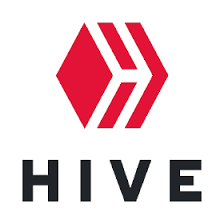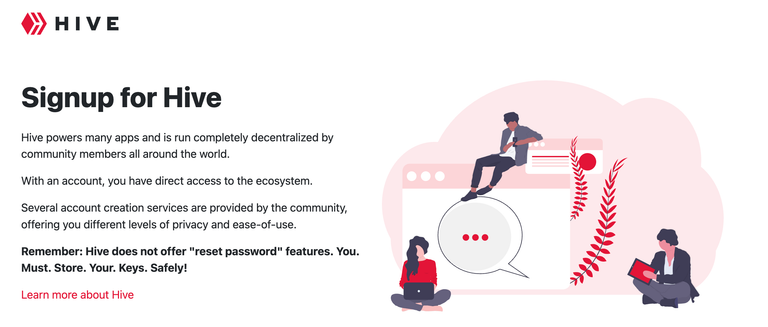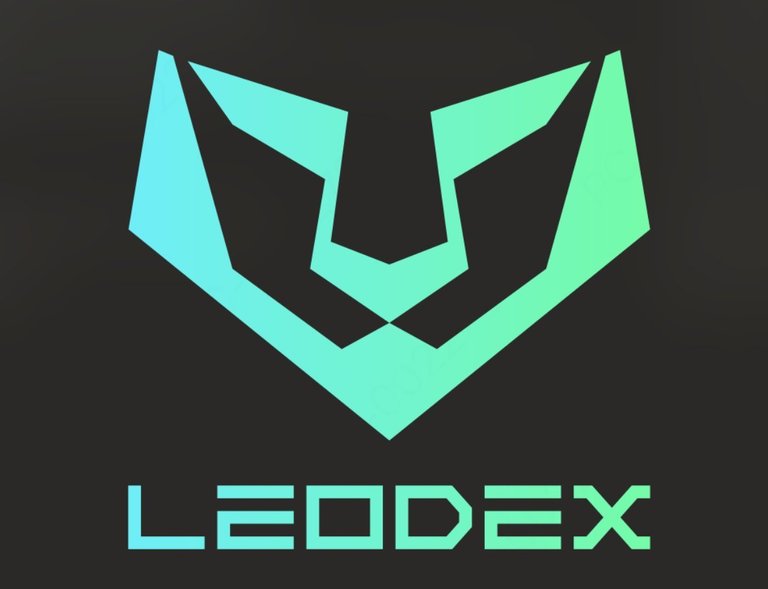How Bitcoin Disrupts Traditional Systems
Chapter Five explored the philosophical foundations of Bitcoin as a discovery, the novel combination of pre-existing technologies that solved the double-spending problem. With Chapter Six, we move from the "what" to the "so what." The real story of Bitcoin isn't just a clever technical solution, but its function as a disruptive force aimed squarely at the established global financial system. Bitcoin challenges the very necessity of the financial intermediaries that have dominated commerce for centuries, ushering in a new era of decentralized finance.
Shaking the Foundations of Banking
Bitcoin’s threat to traditional banks isn’t about replacing every checking account overnight, but fundamentally challenging their role as the gatekeepers of finance.
Peer-to-Peer Transactions:
For centuries, banks have been a mandatory middleman for financial transactions, from cashing a check to wiring money overseas.
Bitcoin bypasses this entirely. By enabling secure, peer-to-peer (P2P) transfers, it allows any two individuals, anywhere in the world, to transact directly with each other.
Lower Fees:
Banks and payment processors charge transaction fees for their services.
For international transfers, these costs can be high and take days to settle.
Bitcoin transactions are often faster and cheaper, especially for cross-border payments, representing a direct threat to a major revenue stream for traditional financial institutions.
Access for the Unbanked:
The traditional financial system is far from universal.
A significant portion of the world's population lacks access to banking services.
With only an internet connection, Bitcoin allows for financial inclusion, providing individuals in underserved regions with the ability to participate in the global economy.
Resilience Against Censorship:
The decentralized nature of Bitcoin means it is not subject to a single authority, making it resistant to censorship or seizures by any one government.
This provides a valuable, uncensorable tool for individuals living under politically unstable or authoritarian regimes where bank accounts are vulnerable to being frozen.
A New Monetary Policy
Traditional fiat currencies are managed by a central authority, typically a central bank, which can influence monetary policy by expanding or contracting the money supply.
Bitcoin operates under a completely different set of rules.
Fixed Supply:
Bitcoin's supply is capped at 21 million coins and is algorithmically controlled.
In contrast, a central bank can print more fiat money, which can lead to inflation and the devaluation of savings over time. Bitcoin's inherent scarcity is appealing to those wary of centralized monetary policy.
Programmable Inflation:
Bitcoin’s inflation rate is predictable and fixed in its open-source code.
The supply of new bitcoins is cut in half every four years through an event called the "halving."
This contrasts with the discretionary and sometimes opaque monetary decisions of central banks.
Forcing Innovation and Adaptation
While Bitcoin may be framed as a competitor to traditional finance, its impact is already forcing legacy institutions to adapt and innovate.
Embracing Digital Assets:
The rise of Bitcoin has compelled banks and investment firms to explore new services.
This includes developing custodial solutions for crypto assets, offering crypto trading platforms, and creating new financial products like Bitcoin ETFs.
Adopting the Technology:
Many financial institutions are now investigating the potential of blockchain technology itself.
They are leveraging its potential for increased efficiency, streamlined operations, and enhanced security in areas like clearing and settlement.
Developing New Financial Systems:
The conversation is now shifting to hybrid models that blend the old and new.
For example, some governments are exploring central bank digital currencies (CBDCs) as a response to the decentralized crypto movement, aiming to combine the efficiency of digital cash with centralized control.
New Challenges and Tradeoffs
However, Bitcoin’s decentralized structure also introduces a new set of challenges and tradeoffs compared to the established financial system.
Price Volatility:
Bitcoin is notoriously volatile, with its price often experiencing dramatic swings.
While this presents an opportunity for investors, it makes it a risky medium of exchange for everyday transactions.
Regulatory Uncertainty: Unlike traditional finance, Bitcoin operates in a still-evolving and often uncertain regulatory landscape. This creates challenges for both investors and financial institutions as governments around the world work to create clearer rules.
Dispute Resolution: In the traditional financial world, there are established legal and regulatory bodies to resolve disputes and reverse fraudulent transactions.
Because Bitcoin transactions are immutable and pseudonymous, there is no central authority to appeal to if a transaction goes wrong.
Scalability Concerns:
The decentralized consensus mechanism of Bitcoin is a key feature, but it can also be slow compared to centralized payment networks.
This has led to debates within the Bitcoin community and the creation of alternative cryptocurrencies aimed at improving transaction speed.
Last Words
Ultimately, Bitcoin is more than just a new form of money; it is a profound philosophical statement about how money and value should be managed.
By building a parallel financial system rooted in math, code, and transparency rather than in the authority of central institutions, it has irrevocably changed the global financial conversation.
Bitcoin hasn't just invented a better mousetrap—it has revealed that we may not need a mouse-catcher at all.
Boom
The End
@Shortsegments

Thank you for reading my post

This post was written by Shortsegments, who has been writing about cryptocurrency, the blockchain, digital ledgers, bitcoin, ethereum, and decentralized finance for seven years. You will find his articles here on his blog Link to his blog.
Learn more about Hive at the Hive FAQ Page Link

Join Hive for Free Link

Inleo

This was published on the social community called Inleo, a monetized social media community. A Social Media Platform where Likes become Money
Open an account for free and choose your name
JOIN4FREE.
Once you join Tag me by typing #shortsegments at the bottom of your thread or post, and I will find your post, and I will reward you for joining our community with my referral link.
.

Leodex Decentralized exchange
Where cross chain swaps are made easy; the exchange does all the work of trading across one or more blockchains, so you don't have to!

- ⚡️ LeoDex: Your Portal to Profit! ⚡️
Use My Referral Code/Link for a Ten Percent Discount on all Trades!!
Use my secret referral code LeoDex.io/?ref=shorty for a whopping 10% discount on trades!

Posted Using INLEO


#hive #posh
Thanks
Welcome
I appreciate you sharing the post on X
Please repost and share the link on Threads, mark it #shortsegments for an upvote!
Done
Does it really disrupts the current financial systems? I think that is debatable. But, as it is a new addition to the monetary system in general, it probably adds more in the innovation and adaptation area.
You are correct that it is not as disruptive as using purely bitcoin or purely HBD, but it's blockchain based on one layer and that as you point out is progress. As people use it they will understand the freedoms it can provide, so they don't use the pathway back to fiat. They stay on the blockchain and so does their money. But first people need to crawl, then walk and later run!
:)
Bitcoin is definitely here to stay and it is actually showing every possible sign. It is just a matter of time
Agreed
I think bitcoin is something we can leave our grandchildren
Yes that’s right…. Bitcoin is just like Gold
It has stood the test of time and will continue
I agree, so far, so good.
Thank you for reading my post, and leaving a comment.
Please repost and share the link on Threads, mark it #shortsegments for an upvote!
So far, so good, I think it will be here for my grndchildren.
Thank you for reading my post, and leaving a comment.
Please repost and share the link on Threads, mark it #shortsegments for an upvote!
This chapter really explains how powerful Bitcoin can be in changing the way our financial system works. I like how it shows the benefits of decentralization and how it gives more control to everyday people instead of big banks.
Agreed
I aglad you understand these important concepts about bitcoin
Exactly, a peer to peer system owned by no one and controlled by no one.
Thank you for reading my post, and leaving a comment.
Please repost and share the link on Threads, mark it #shortsegments for an upvote!
Thanks
I think you really understand the remarkable software which is bitcoin.
Thank you for reading my post, and leaving a comment.
Please repost and share the link on Threads, mark it #shortsegments for an upvote!